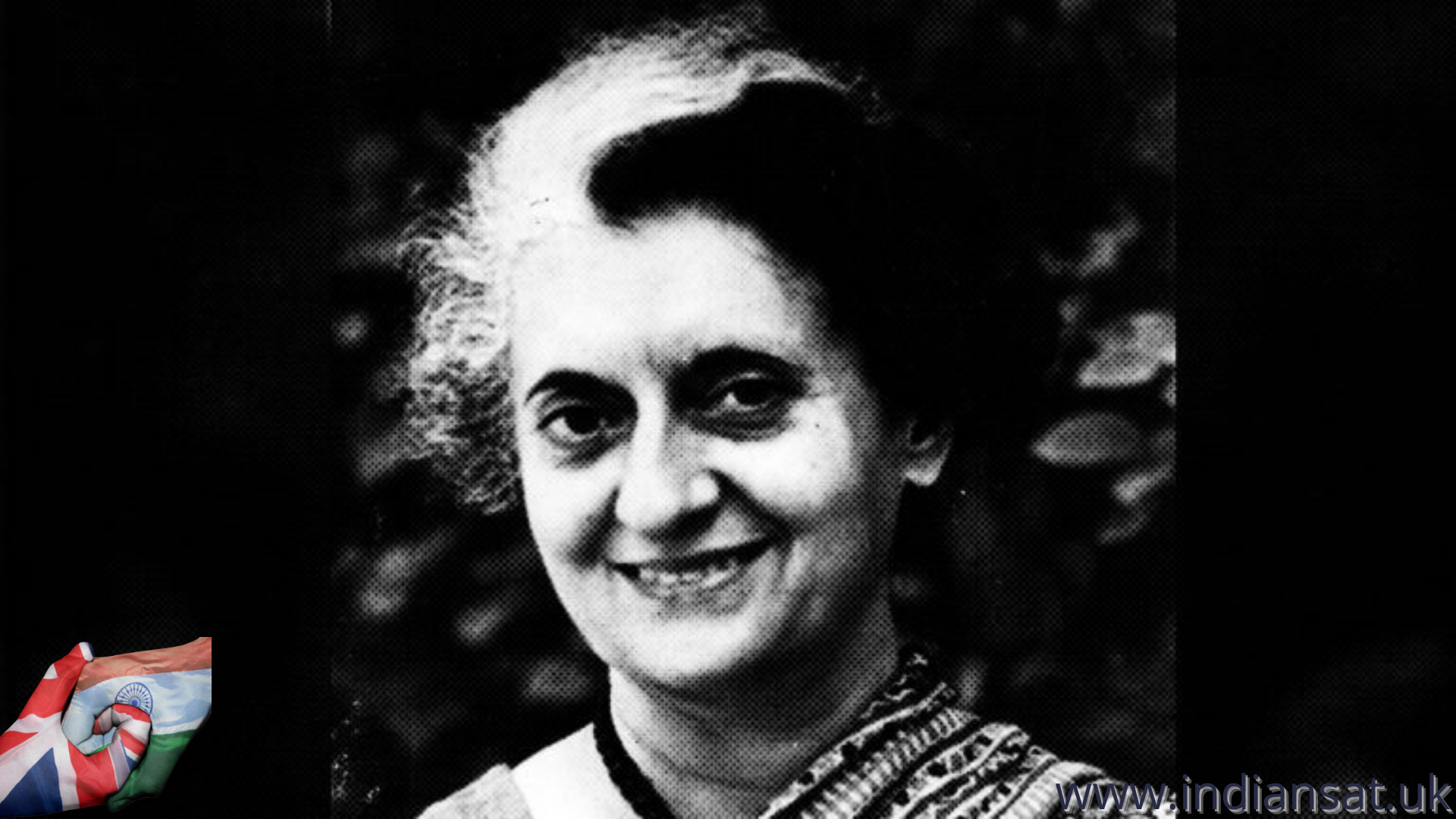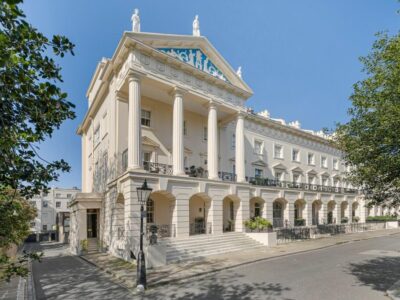Archival documents on the Emergency show the incredible ease with which national capitals across the world pivoted to the new realities of India’s constitutional autocracy.
On 30 June 1975, a daily intelligence brief shared with the United States President Gerald Ford began with a short analysis on India. One thousand people had been arrested since the declaration of an Emergency order on 25 June. “The educated classes,” the brief underlined, “probably are inclined not to believe Mrs. Gandhi’s argument that Indian democracy was imperilled by extremists.” The majority, however, the brief made plain, will be sanguine with the focus on economic progress.
In the following few weeks, US embassy officials in New Delhi spoke with local contacts and newspaper editors they could still get hold of. On 19 July, Ford was presented with an inter-agency memorandum on India. The conclusions were close to what actually transpired over the following 18 months of the Emergency. Analysts across the US intelligence community agreed that Indira Gandhi would remain in office for at least a year, if not more. Anti-Congress groups will be unable to mount a serious challenge, they observed. “The security forces,” they suggested, “are likely to remain loyal to the prime minister’s constitutional authority.”
What these analysts, and just about every other intelligence agency from Moscow to London, including within India, got wrong was the assumption that “whenever the election is held,” the Congress party will “likely win a majority.” Yet, for officials at the time, whether they were in the west or the east, the aim was simple: to continue to strengthen relations with Gandhi’s government. Democracy itself mattered little to mandarins in the White House, in King Charles Street in London — where the UK Foreign Office was and continues to be located — and in the Kremlin.
In this article, I try to capture how the west and the east read the Emergency and acted upon the same soon after it was invoked.
A lot changed in the following year and a half, till elections were called in January 1977. Yet, what remained constant was the reality that geopolitical considerations were paramount for most governments that dealt with India. The disconnect between the popular reading of India during the Emergency – most clearly brought out in the hundreds of newspaper articles written at the time in the ‘foreign press’ – and the closed-door evaluation of India in Whitehall and Foggy Bottom is staggering.
In London, Nehru spent an inordinate amount of time on writing often spiteful notes of protests to the BBC and every other publishing house. Yet, as he confessed to Y.B. Chavan – India’s External Affairs Minister at the time — notwithstanding the “nasty news items and unfavourable comments” in the press, the “British government continues still to maintain a correct formal attitude.” For all Indian envoys, “correct” was the pseudonym for supportive. For the most part, almost all major foreign governments remained as ‘correct’ as they could be. At most, state visits were cancelled or postponed.
Democracy mattered little to world leaders
Leonid Brezhnev, and most members of the Politburo in the Soviet Union, took the convenient view that the Emergency was essential. “Right-wing opposition and reactionary forces” in India, they argued, were determined to “undermine” Gandhi’s government. As British officials in New Delhi observed, the “Soviet line” was “solidly in favour of Mrs. Gandhi’s measures.” Exactly a month after the Emergency had been declared, an editorial in the Pravda argued that the Emergency “received the support of the mass of the people.”
In London, Prime Minister Harold Wilson – soon to be replaced by James Callaghan – and most of his Cabinet took the unapologetic view that “business as usual” would be the approach with India across government departments. Indeed, this was the official internal policy of the Labour-run government. The Foreign Office did not fail to mention, in periodic notes prepared on the “Indian situation”, that the country had “moved irrevocably along the path to authoritarian rule.” Yet, often in the same note, the same officials would also make the case that “India is important” and it “will be a big player.” “We must not lose from sight the potential that is India,” was the line used to shake-off even the hint of dissent in Whitehall.
To be sure, this was the 1970s. The oil shock had brought Britain to its knees. The United States was set upon the path of détente with China. The KGB launched a far-reaching ‘active measures’ campaign to malign the west in India and most parts of Asia. To top it all off, as one British official underlined, “international business has been especially sympathetic to India’s problems post Emergency.” There was little option, as Wilson’s advisors suggested, but to wholeheartedly support Gandhi.
The story in Washington was somewhat more complicated. Initially, or in the first few months of the Emergency, the Ford administration chose to support the Congress government. The Ford administration wanted stable and uncomplicated relations with India and Gandhi’s Emergency. This is perhaps best typified in Henry Kissinger’s – the US Secretary of State – advice to William Saxbe, the new American ambassador to India, as he prepared to depart for New Delhi: “the less I hear from you and the less I hear about India,” Kissinger said, “the happier I will be.” For the US State Department, the “line” to be used was clear from the very beginning: the Emergency was India’s “internal” matter.
It was Gandhi’s constant incitement that the CIA had destabilised India and was out to get her that led finally to the near-rupturing of ties with the United States. Democracy itself did not really matter. Russia’s ‘active measures’ campaign was working. On the day the Emergency proclamation order was given, on 25 June, Gandhi told her advisors that she would be ousted just like “Salvatore Allende had been overthrown by Chile’s CIA-backed general Augusto Pinochet.” By the end of 1976, the Ford administration withheld loans to India. Gandhi’s CIA-baiting crossed the line. Almost overnight, US officials openly argued that India was a “legitimate police state.”
In sum, what is incredible while reading the thousands of archival documents on the Emergency is the ease with which national capitals across the world pivoted to the new realities of India’s constitutional autocracy. When the Janata Party alliance finally came to power in 1977, each of these capitals simply re-oriented their positions. The new US ambassador to India, Robert Goheen, welcomed the opportunity to work with Morarji Desai’s government. It was considered to be less-enthused with Brezhnev and ideologically less-comfortable with the Soviet Union. Soviet leaders turned coat. Editorials in the Pravda accused Indira Gandhi of overplaying her hand. For Wilson’s government, the aim was to focus on progressive leaders – like L.K. Advani – to augment investment ties with the world’s ‘largest democracy.’
The bottom-line was clear. As long as India demonstrated the potential to grow and offered even some prospective geopolitical hedge to each capital’s concerns and policies, its internal politics was really just that, its own problem.
![]()






